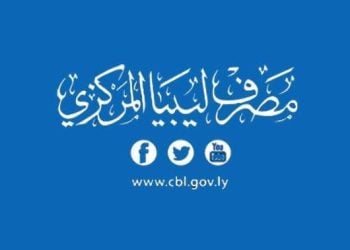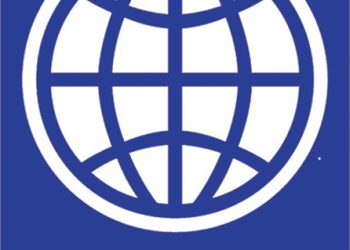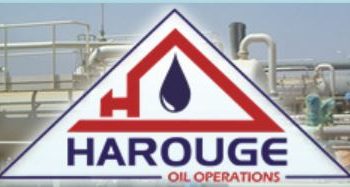By Jamal Adel.

Tripoli, 3 May 2014:
Protestors who have prevented the 350,000-b/d Sharara oilfield in the south west of the country from . . .[restrict]operating since 16 March have given up their blockade. However, it is still not pumping because of a pipleline closure further north.
“The demonstrators have left the Sharara oilfield but it still impossible to pump because the pipeline is completely blocked in the Jebel Nafusa,” the Sharara oilfield manager, Hassan Al-Sideek told the Libya Herald.
A split in the demonstrators’ ranks over the blockade started to emerge three weeks ago.
The pipeline, along with those from Al-Fil, Al-Hamada and Wafa fields, are being blocked at a valve station near Reyayna in Jebel Nafusa by members of the Petroleum Facilities Guard (PFG) from Zintan.
“All four valves – from Sharara, Al-Fil, Al-Hamada and Wafa – are 100-percent blocked,” the manager of the Sharara terminal at Zawia port, Husain Al-Hingari told this paper.
“Talks are underway with Zintani PFG to unblock the pipeline and we’re doing our best to resume production, given that the demonstrators at Sharara have left, ” he said. “But we are simply operators. Negotiations and talks are not our area of specialty. But this must end,” he added.
Talks with those who have shut the valve were confirmed by the new mayor of Zintan, Mustafa Al-Barouni. “The elders and Zintan Municipal Council have been holding extensive talks [with the blockaders] to end the action. We’re optimistic that it will end soon,” he told this newspaper.
Meanwhile, although the blockade at Sharara is over, there is still a small number of Tuareg protestors present who describe themselves as local PFG forces, demanding compensation and vehicles. But they are not preventing it from working.
The field, operated by Akakus Oil, a joint venture between the NOC and Spain’s Repsol, was first disrupted over a year and a half ago. Its closure has been costing an estimated $34 million a day. [/restrict]





